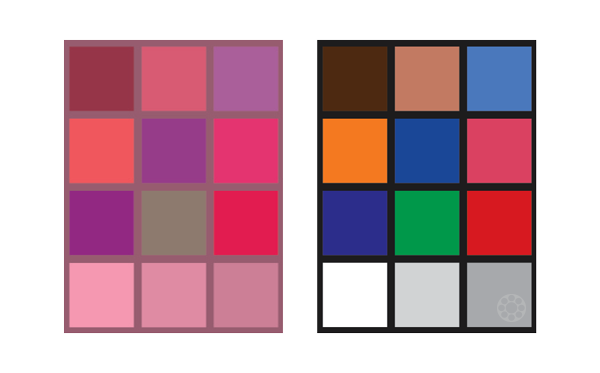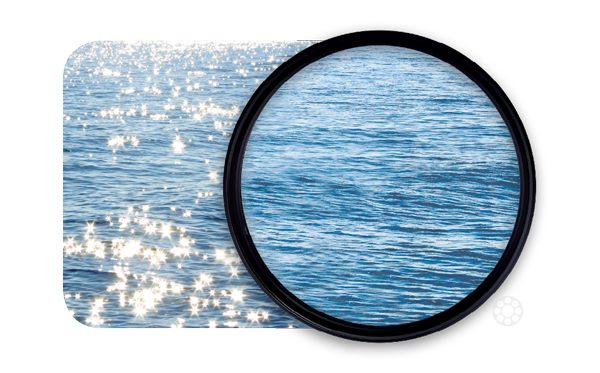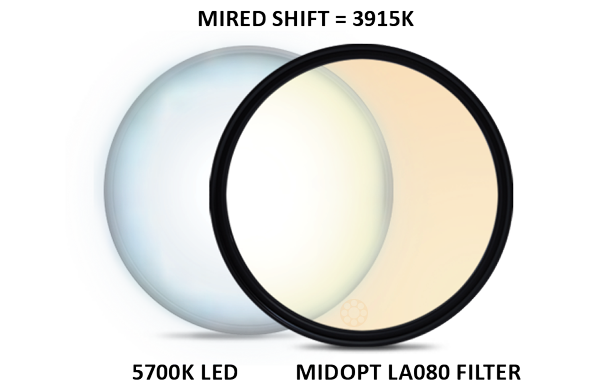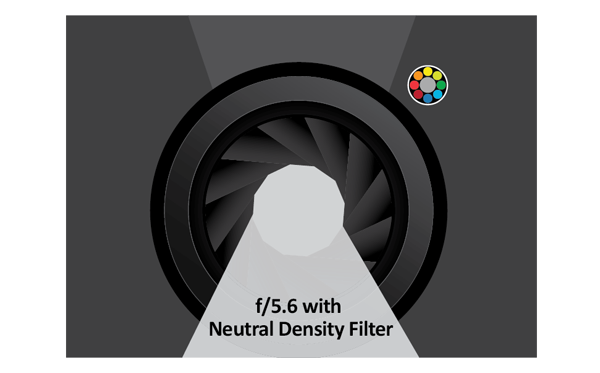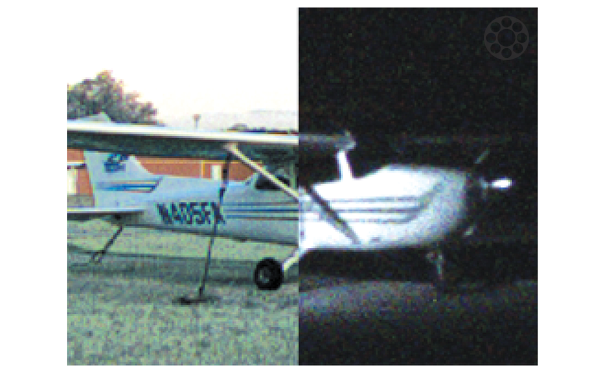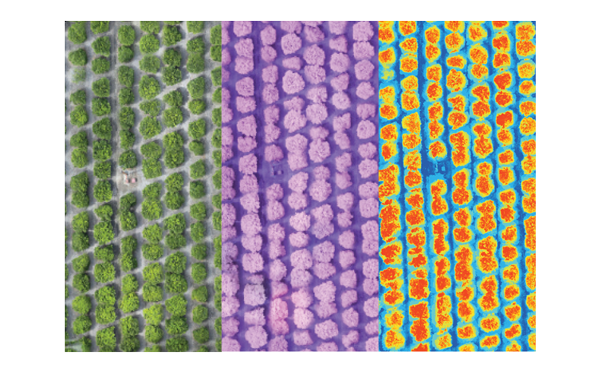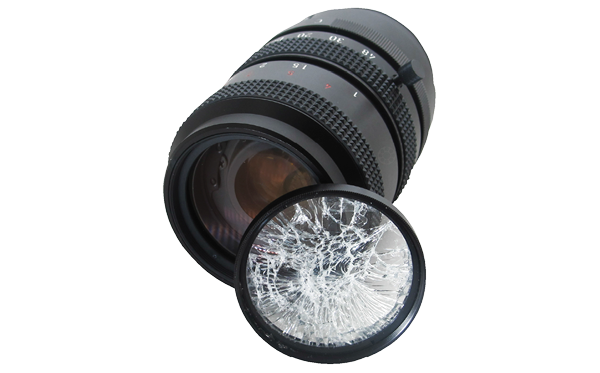Color Imaging
 Color cameras are used to achieve natural color rendering, equivalent to what the human eye can see. However, the sensitivity of the sensor and light source being used can significantly affect the color or image quality. Using a filter is the easiest, most cost-effective way to:
Color cameras are used to achieve natural color rendering, equivalent to what the human eye can see. However, the sensitivity of the sensor and light source being used can significantly affect the color or image quality. Using a filter is the easiest, most cost-effective way to:
› reduce specular glare
› reduce light intensity
› achieve accurate color rendition
› regulate exposure
Color cameras are a popular choice for photography, license plate recognition, security surveillance and agricultural inspection and can also be helpful in FDA/EMA applications where accurate color inspection is required.
-
Natural Color Rendition
Color cameras are more sensitive than the human eye in the near-infrared portion of the spectrum. This can cause over saturation, making an image appear unnatural. When using a color camera and imaging with white light, it can be beneficial to block near-infrared light in order to achieve natural, realistic colors.
-
Glare Reduction
Light reflected from a polished, wet or oily surface can create glare. MidOpt Polarizing Filters can quickly and easily reduce specular glare. When possible, it’s recommended to use a Polarizing Filter over the lens and Polarizing Film over the light source. To secure alignment, a locking screw is included on all polarizer rotating mounts.
-
Light Balancing
The three primary colors, red, green and blue, combine to form white light. The tint of white depends on the color temperature of the light. When color temperature is high, more blue light exists. When color temperature is low, there’s more red. Light Balancing Filters correct artificial lighting, so colors appear more natural.
-
Exposure Control
Neutral Density Filters allow for longer exposure times by reducing the amount of light entering the lens and camera. They can reduce light intensity (saturation) throughout the visible and near-infrared spectrum without affecting color or contrast. MidOpt offers both absorptive and low-reflectivity Neutral Density Filters.
-
Day/Night Imaging
Dual Bandpass Filters are single filters that work twice as hard. They’re ideal for applications using a color camera that require accurate color imaging during the day and infrared imaging at night. One Dual Bandpass Filter can completely eliminate the need for a costly filter switching mechanism or expensive two-camera system.
-
NDVI / Agricultural Inspection
Applications that have traditionally relied on single wavelength filters used with multiple sensors or multispectral imagers are becoming more affordable than ever before. This cost reduction has made these technologies far more accessible, and the potential to benefit a large number of individuals and organizations is greater than it’s ever been in the past.
-
Lens Protection
Protective Filters act as windows or dust covers for lenses, filters, sensors, cameras or lighting. These filters are available in both glass and optical-grade acrylic. Acrylic Protective Filters are a great, inexpensive solution for FDA and EMA applications to eliminate the possibility of broken glass contaminating items under inspection.

